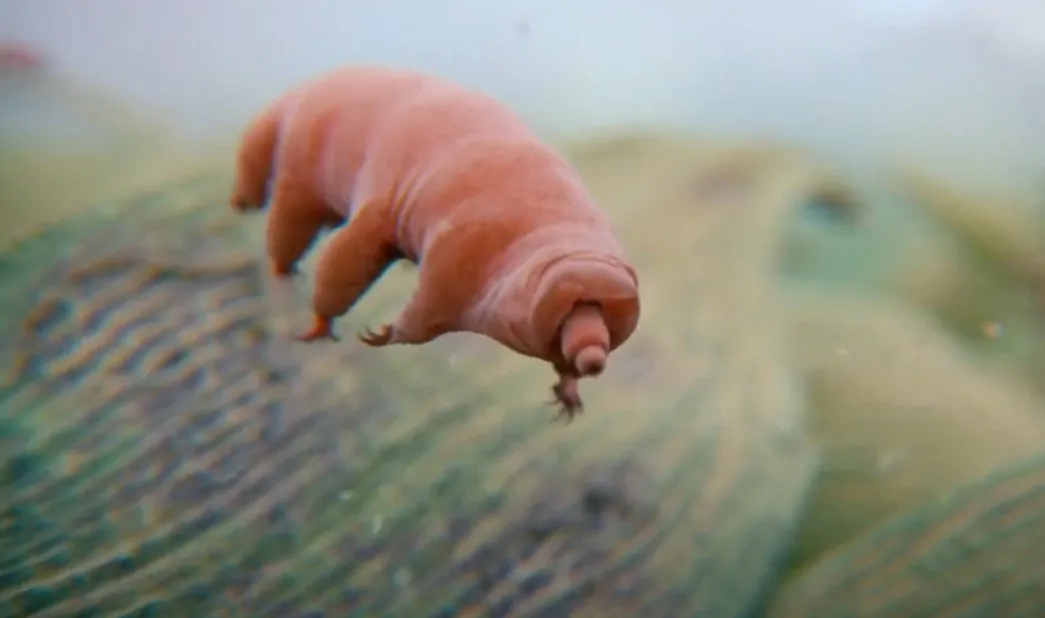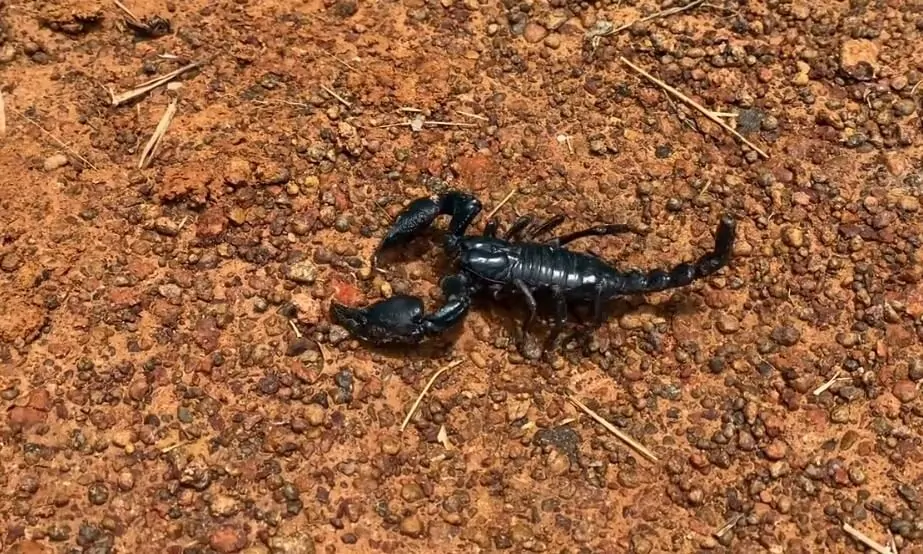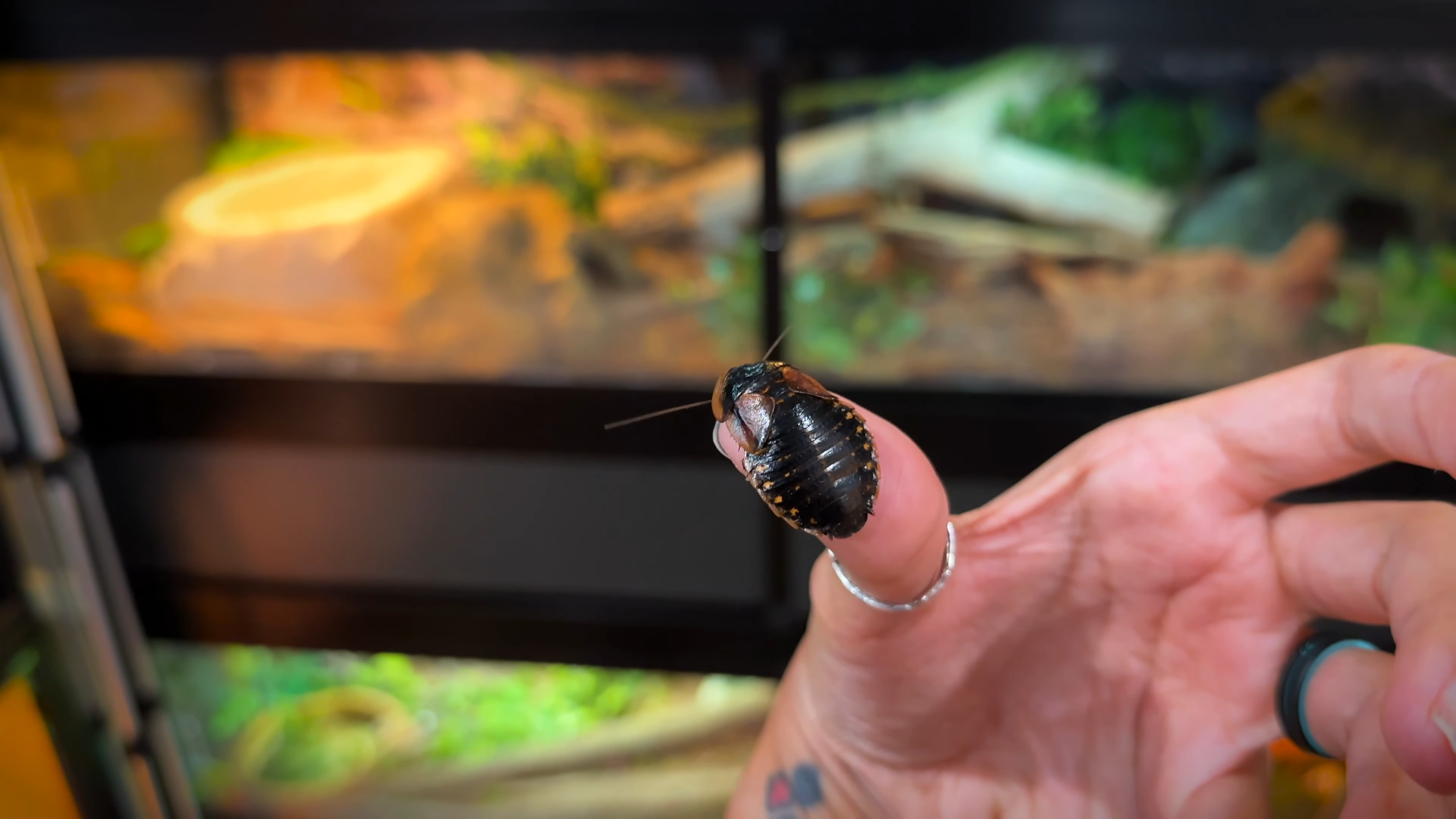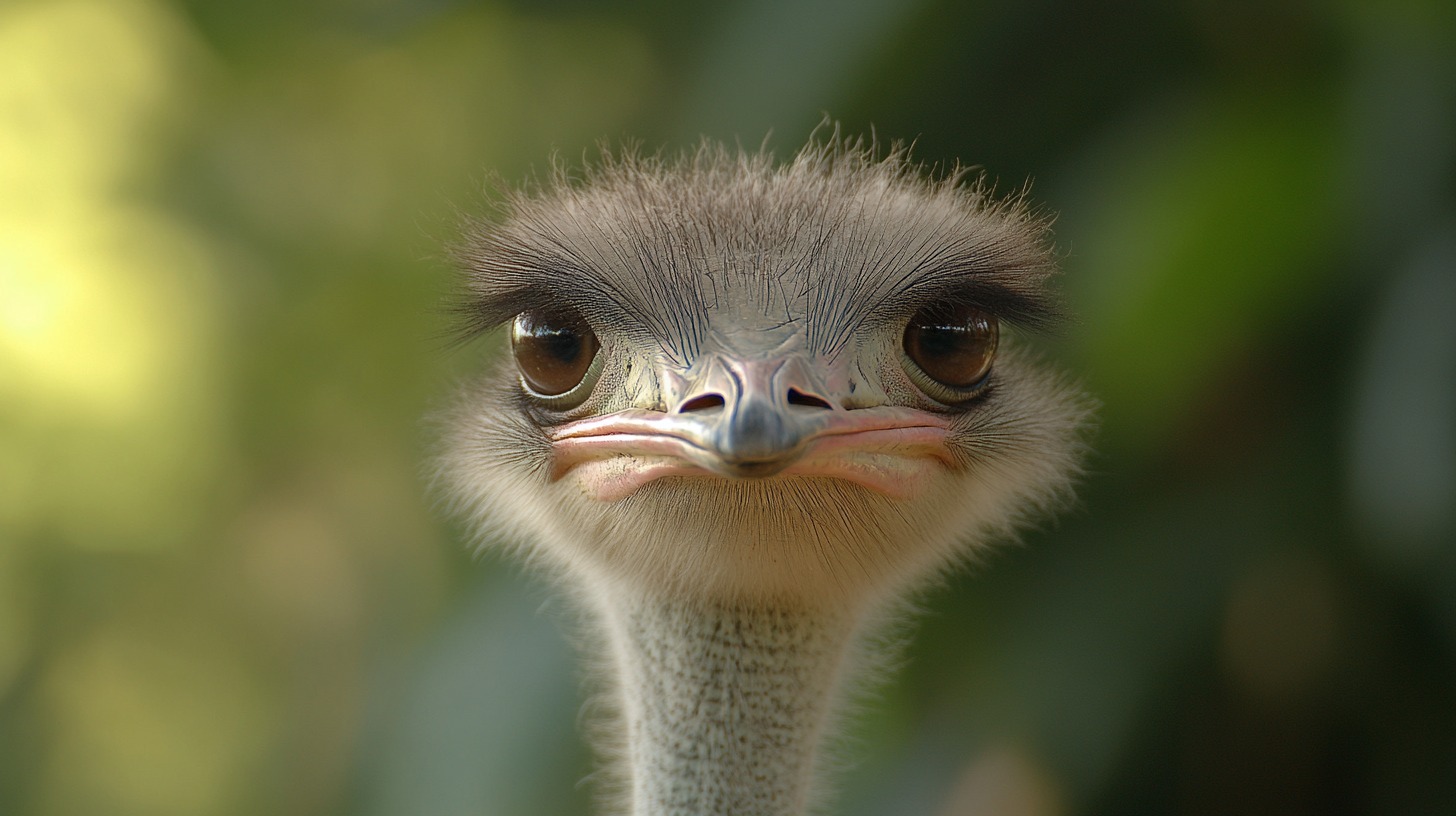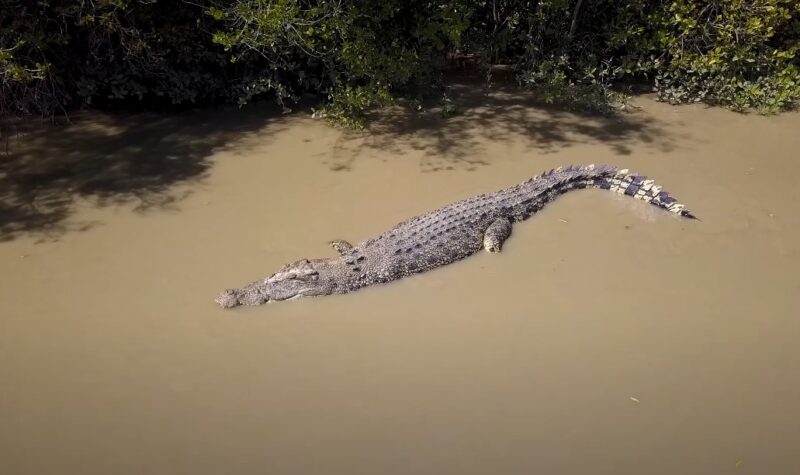
Share Post:
Toughness is often defined by an organism’s ability to survive and thrive in harsh conditions.
This concept of toughness encompasses survival, adaptability, and resilience, showcasing the incredible ways in which animals have evolved to endure extreme environments.
Excluding humans, many creatures demonstrate remarkable abilities that allow them to persist where others would fail.
Let us talk about them.
Table of Contents
Toggle10. Tardigrades (Water Bears)
Key Characteristics:
- Microscopic
- Can survive in extreme environments, including space
- Resistant to radiation, extreme temperatures, and pressures
Tardigrades, often referred to as water bears, are microscopic creatures that have become synonymous with resilience.
These tiny animals are known for their ability to enter a state called cryptobiosis, where they dry out and suspend all metabolic processes, allowing them to survive without water for decades.
Tardigrades have been found in the most extreme environments on Earth, from the deep sea to the icy peaks of the Himalayas. They have even survived the vacuum of space.
Their resistance to radiation, extreme temperatures, and pressures makes them one of the toughest organisms on the planet, capable of withstanding conditions that would be fatal to most life forms.
9. Honey Badger
Key Characteristics:
- Fearless and highly aggressive
- Thick skin and resistance to venom
The honey badger is often hailed as one of the most fearless animals in the wild. Its thick skin offers protection against the bites and stings of various predators, while its resistance to venom allows it to survive encounters with some of the world’s deadliest snakes.
Known for its tenacity, the honey badger can fend off much larger animals, including lions and hyenas.
Despite its small size, it has an impressive ability to take on creatures several times its weight, especially slower ones, demonstrating a level of toughness that is rare in the animal kingdom.
The combination of physical defenses and fearless aggression makes the honey badger a symbol of raw, unyielding survival.
8. Yeti Crab
Key Characteristics:
- Lives near hydrothermal vents in the deep ocean
- Endures extreme pressure and temperatures
The yeti crab is a species that thrives in one of the most inhospitable environments on Earth—deep-sea hydrothermal vents.
These crabs live in extreme conditions, where the water temperature can vary between boiling hot near the vent openings and frigid just a few feet away.
The immense pressure at these depths would crush most organisms, but yeti crabs have adapted to not only survive but also flourish in these harsh environments.
Their hairy pincers are believed to help them harvest bacteria, which they rely on for food.
The yeti crab’s ability to endure such extreme conditions, including high levels of toxicity from the vent fluids, makes it a fascinating example of toughness.
7. Emperor Penguin
Key Characteristics:
- Lives in Antarctica
- Endures extreme cold and long periods without food
Emperor penguins are iconic symbols of endurance in one of the harshest climates on Earth—Antarctica.
These birds are uniquely adapted to survive the continent’s brutal winters, where temperatures can plunge to -60°C (-76°F).
Emperor penguins endure long periods without food during the breeding season, as the males incubate the eggs on their feet, huddling together for warmth against the relentless cold.
Their remarkable ability to store fat allows them to survive these extended fasts, while their tightly packed feathers provide insulation against freezing temperatures.
The emperor penguin’s resilience and cooperative behavior are key to their survival in an environment where few other animals can live.
6. Camel
Key Characteristics:
- Endures extreme heat
- Can survive weeks without water
- Can lose a significant portion of body weight without adverse effects
Camels are the quintessential desert survivors, known for their ability to endure the scorching heat of arid environments.
Their physiology allows them to survive for weeks without water, losing up to 25% of their body weight through dehydration without suffering harm.
Camels store fat in their humps, which can be metabolized into water and energy when resources are scarce.
Their blood cells are oval-shaped, allowing them to flow smoothly even when the camel is dehydrated, preventing the blood from becoming too thick. Its remarkable adaptation enables camels to maintain hydration and continue functioning in conditions that would be fatal to most other animals.
Their ability to thrive in extreme heat and go without water for extended periods makes them one of the toughest animals on the planet.
5. Polar Bear
Key Characteristics:
- Largest land carnivore
- Adept at swimming long distances in icy waters
- Endures extreme Arctic conditions
Polar bears are formidable predators and the largest land carnivores on Earth, perfectly adapted to the harsh conditions of the Arctic.
These bears are incredibly strong swimmers, capable of covering vast distances in icy waters in search of food.
Their thick layer of blubber and dense fur provide insulation against the freezing temperatures, allowing them to survive in an environment where few other creatures can live.
Polar bears primarily hunt seals on the ice, relying on their powerful sense of smell to detect prey from miles away.
Despite the challenges posed by climate change, which is rapidly reducing their sea ice habitat, polar bears continue to demonstrate resilience in one of the most extreme environments on Earth.
4. Cockroach
Key Characteristics:
- Resilient to radiation
- Can survive without a head for a week
- Adapts to various environments
Cockroaches have earned a reputation as some of the most resilient creatures on Earth, capable of surviving in conditions that would quickly kill most other animals.
These insects can withstand high levels of radiation, making them one of the few creatures likely to survive a nuclear event.
Cockroaches are also incredibly tough when it comes to physical injury; they can live for a week without their head due to their open circulatory system and low oxygen requirements.
Their ability to adapt to a wide range of environments, from urban areas to the wild, has allowed them to thrive for millions of years. This remarkable adaptability and resilience make cockroaches a symbol of survival against all odds.
3. Scorpion
Key Characteristics:
- Highly resistant to radiation
- Can survive long periods without food
- Endures extreme temperatures
Scorpions are ancient survivors, having existed for hundreds of millions of years, withstanding mass extinctions that wiped out many other species.
These arachnids are incredibly tough, and capable of surviving in some of the world’s harshest environments, from deserts to frozen tundras.
Scorpions can go without food for months, and their ability to slow down their metabolism allows them to endure long periods of scarcity.
They are also highly resistant to radiation, similar to cockroaches, making them one of the few creatures that could potentially survive a nuclear event.
Their tough exoskeleton and ability to withstand extreme temperatures add to their reputation as some of the most resilient creatures in the animal kingdom.
2. Saltwater Crocodile
Key Characteristics:
- Massive size
- Powerful bite
- Ability to thrive in both saltwater and freshwater environments
Saltwater crocodiles are the largest living reptiles on Earth and are considered one of the most dangerous predators in their habitats.
These crocodiles are incredibly tough, with a powerful bite that can crush the bones of their prey with ease. They are highly adaptable, thriving in both saltwater and freshwater environments, from coastal regions to rivers and swamps.
Saltwater crocodiles are known for their longevity, often living for over 70 years, and their ability to survive in varied and often challenging conditions.
Their sheer strength, combined with their adaptability and longevity, makes them one of the toughest animals in the world, feared and respected in equal measure.
1. Wolverine
Key Characteristics:
- Extremely strong for their size
- Highly territorial
- Can take down prey much larger than themselves
Wolverines are fierce and tenacious animals known for their incredible strength relative to their size.
Despite being small compared to other large predators, wolverines are capable of taking down prey several times their size, including deer and even small bears.
They are highly territorial and will fiercely defend their territory from intruders, often fighting off much larger animals.
Wolverines are also well adapted to survive in harsh, cold environments, with thick fur and a robust build that allows them to endure the freezing temperatures of the northern forests and tundras.
Their reputation for ferocity and their ability to survive in some of the toughest environments on Earth makes them one of the most formidable animals in the wild.
The Bottom Line
The animal kingdom is home to a diverse array of creatures, each demonstrating unique survival traits that make them exceptionally tough.
From microscopic tardigrades to the massive saltwater crocodile, these animals have evolved remarkable strategies to endure the most extreme environments on Earth.
Their resilience and adaptability not only highlight the incredible diversity of life but also underscore the importance of these tough animals in maintaining the balance of their ecosystems.



